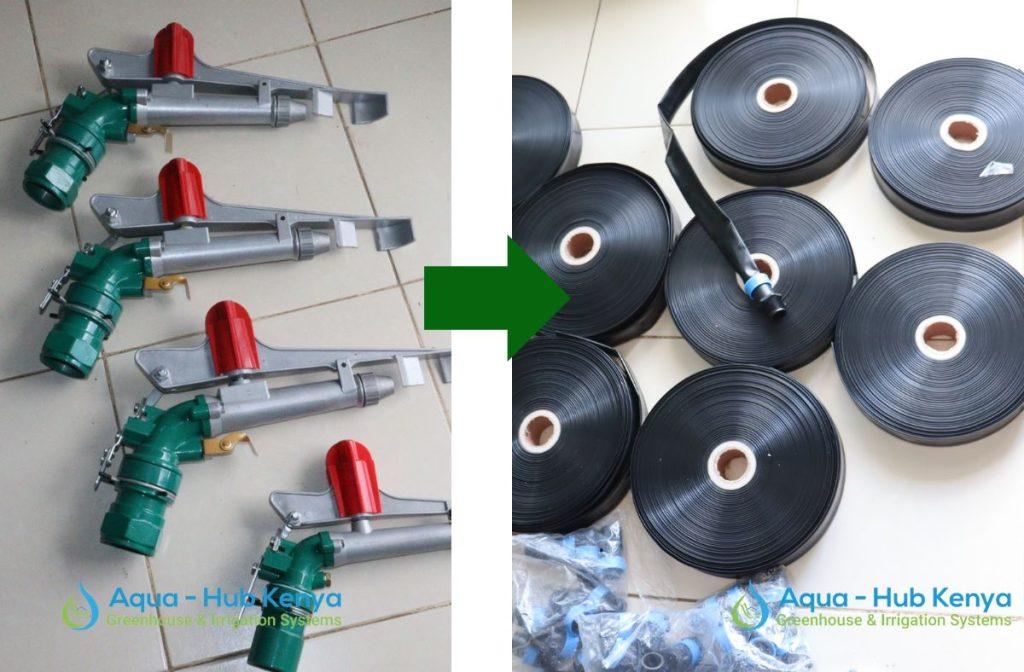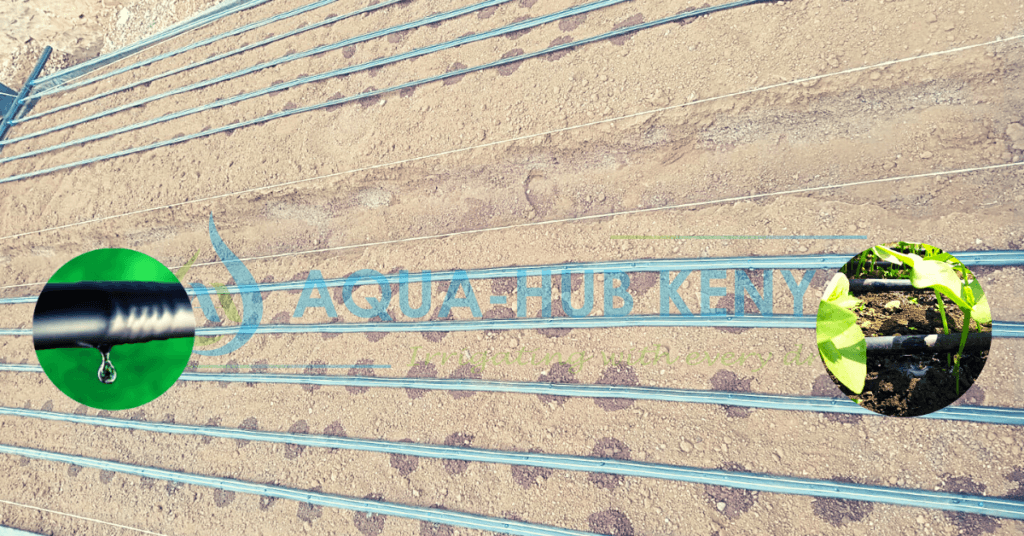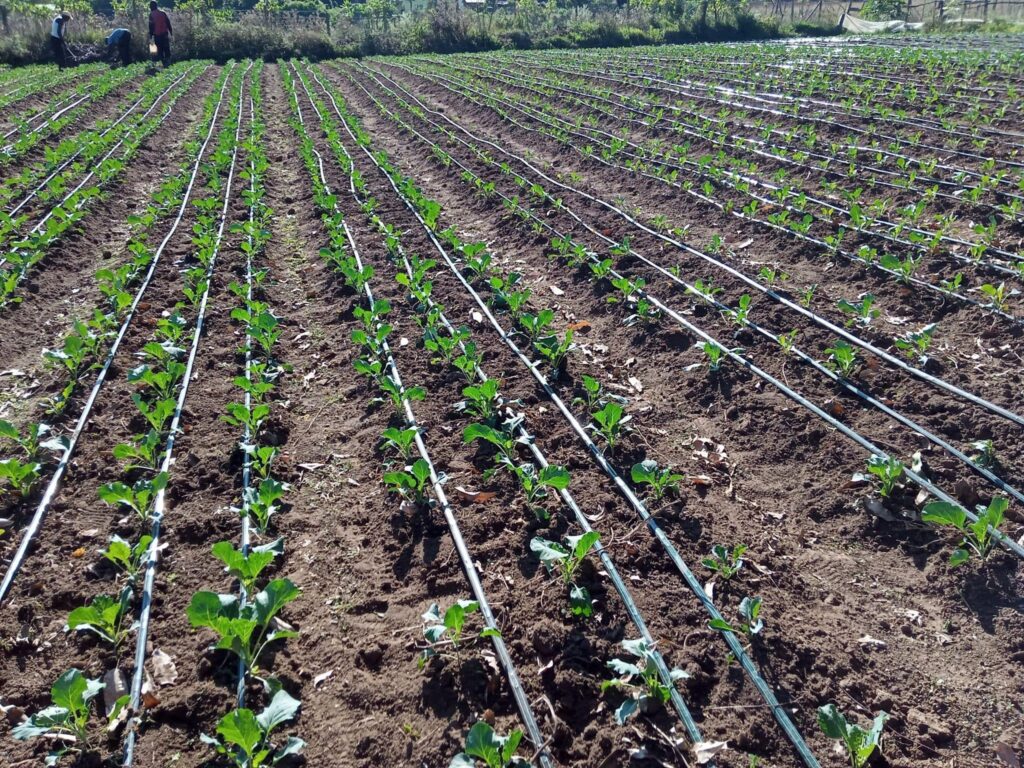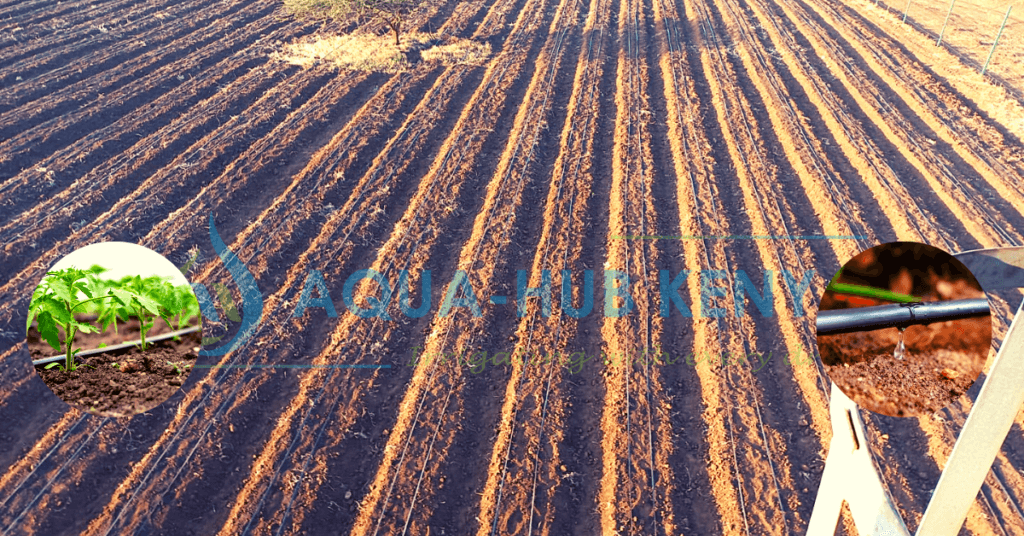Double-Emitter Drip Lines in Kenya
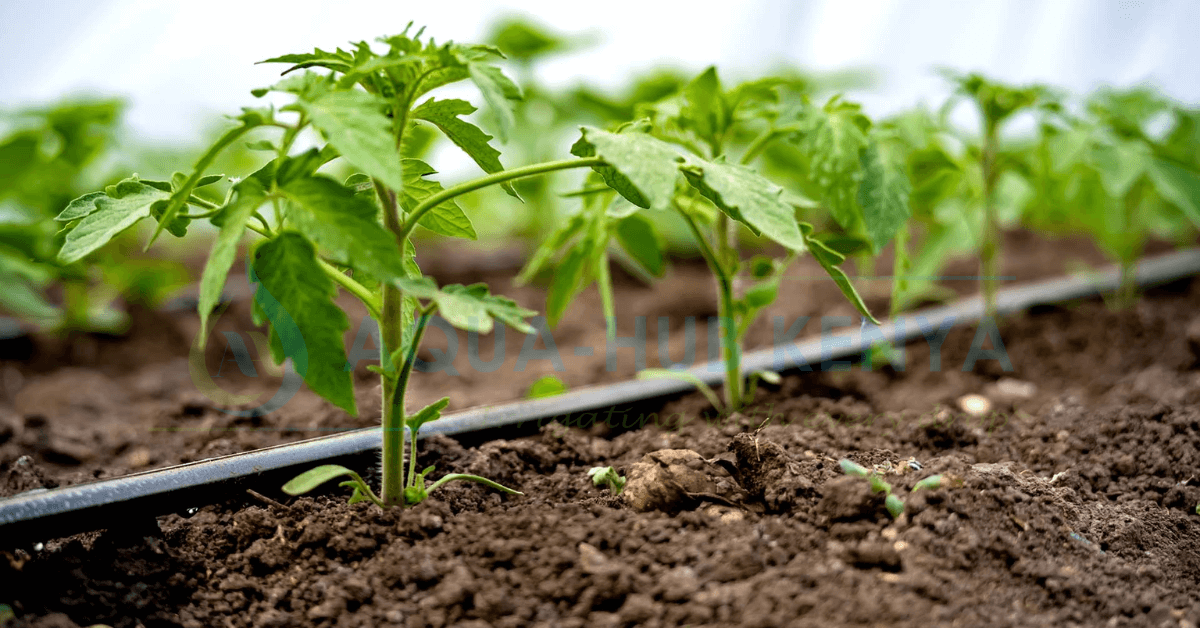
Double-emitter drip lines have two nozzles as opposed to single-emitter driplines. You might cut your watering time in half while boosting the flow rate if you use two nozzles. This will help you save both time and money. They change from the normal one-emitter to two-emitter configuration after a predetermined period. Double-emitter drip lines are becoming more and more common among farmers due to their efficiency and robustness. One of the key elements needed to build a drip system is a drip irrigation pressure regulator.
What are Double-emitter drip lines?
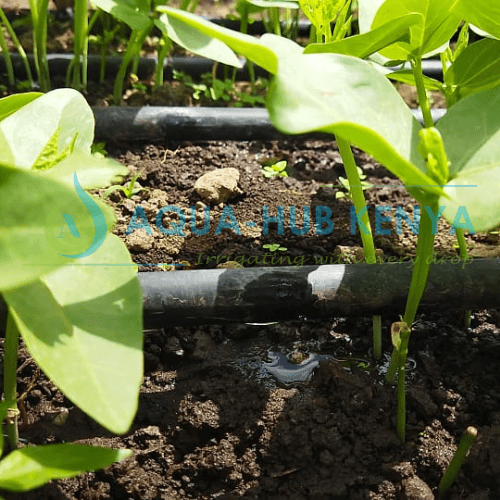
Double-emitter drip lines have two nozzles rather than the standard one. This raises the pace at which water is delivered to the plants. After a given interval, they have two emitters instead of one. Farmers use double emitter drip tapes because of their efficiency and endurance. A drip irrigation pressure regulator is included in all drip system setups.
All emitters control the quantity and pace of water flow. Although emitters have many characteristics, their size, shape, and internal design will differ. Emitters may produce up to two gallons per hour. Those with varied output rates can be arranged on a single length of tubing. This allows you to account for neighboring plants with varying watering needs.
There are also emitters with variable flow rates that can produce anything from a light trickle to a steady drip. Using emitters, the right amount of water is delivered directly to the roots of the plants. Nevertheless, choosing the appropriate emitter for your needs is still crucial. In large spaces or isolated containers, drip emitters perform well. Emitter hoses are employed for plants that are close to one another. There are four main categories for emitters.
What are the benefits of double-emitter drip lines?
- Can sustain high-pressure operation; it will work in both low gravity and extremely high water pump pressure settings. When there is gravity, one emitter runs, and both emitters discharge water when there is high pressure.
- It has zero clogging; it easily resists clogging, and when one emitter becomes clogged, the other takes over.
- The discharge rate of the twin emitter drip lines is high, ranging from 1.2 to 2.5 liters per hour. As a result, there will be less clogging concerns.
What are the components of drip lines?
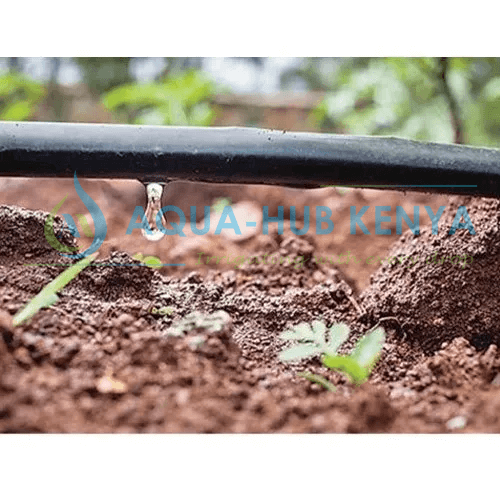
- The mainline, valve, sub-main, backflow preventer, pressure regulator, filter, tubing adapters and fittings, drip tubing, emitters, and end caps must all be included in a drip irrigation system.
- The mainline is the pipe that connects your exterior faucet to the water supply valve. The drip tubing is linked to the valve through the sub-main. When many drip tubing lines and zones are linked to the same mainline water supply, sub-mains are frequently employed. The mainline and sub-main should be separated by no more than 400 feet.
- The flow of water entering the system is controlled by the valve, which may be programmed to work automatically or manually. Backflow preventers are required to prevent irrigation water from entering the pipes and contaminating your main water supply.
- Filters prevent dissolved contaminants in water from interfering with emitters. Install filters at the emitters or at the water supply to protect the valve, pressure regulator, and emitters. It is preferable if the filter has a mesh screen with at least 150 mesh or more.
- Pressure regulators regulate water pressure. If the water pressure is more than 40 pounds per square inch, this is the case. If you are unsure about your water pressure, you should install one just in case.
- Tubing adapters and fittings are used to connect the drip tubing to the rest of the system. To avoid them blowing apart under pressure, they must be the correct size for the tubing.

